chevy silverado speedometer sensor
Chevy silverado speed sensor is on the transmission. According to relevant information, the speed sensor is an important sensor that provides data from the speedometer on the dial. The signal from the speed sensor should also be fed back to the ECU. The ECU can adjust the gear position of the transmission, control the locking of the transmission torque converter, control the idle speed of the engine, control the opening and closing of the cooling fan, and control constant speed cruise based on this number.
Repair the inaccurate fault of the speedometer:The speedometer begins to swing between 20 and 40 km/h. According to past maintenance experience, electromagnetic interference generated by some inferior inverters can cause the speedometer to swing, and the above fault phenomenon also occurs when the inverter is not plugged into the cigarette lighter of this vehicle. However, this vehicle is equipped with many additional electrical equipment, such as a DVD with a reversing image, an anti-theft alarm, and a xenon lamp. It is suspected that this may be caused by electromagnetic interference from the additional electrical equipment. Using RDS+MDI, check the engine control module for a fault code: P0501: Performance of the vehicle speed sensor A circuit. The vehicle speed sensor is a Hall type sensor. The engine control module converts the frequency signal generated by the vehicle speed sensor into a vehicle speed signal. Looking at the maintenance manual, the condition for setting the fault code P0501 is that the engine is running and in a coasting fuel cut-off state. The engine speed is between 1520 and 4000 r/min, but the vehicle speed is less than 5 km/h. According to the analysis of fault symptoms and fault code setting conditions, the cause of the fault is likely to be the damage to the vehicle speed sensor itself.
The way the sensor receives the signal is:
1. The intake pressure sensor measures the change of the absolute pressure in the intake manifold, and provides the ECU with a reference signal for calculating the fuel injection duration;
2. The throttle position sensor measures the opening angle of the throttle valve and provides it to the ECU as a reference signal for cutting off fuel, controlling the fuel-air ratio, and correcting the ignition advance angle;
3. The intake air temperature sensor detects the intake air temperature and provides engine temperature information to the ECU;
4. The crankshaft position sensor detects the crankshaft and engine speed, and provides it to the ECU as a reference signal to determine the ignition timing and work sequence;
5. The oxygen sensor detects the oxygen concentration in the exhaust gas and provides it to the ECU as a reference signal for controlling the fuel-air ratio near the theoretical value.
 English
English 
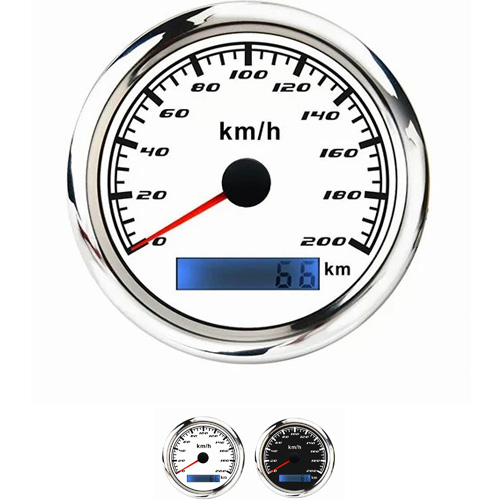
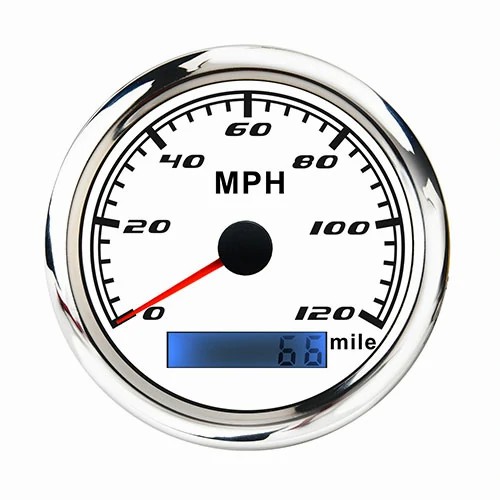

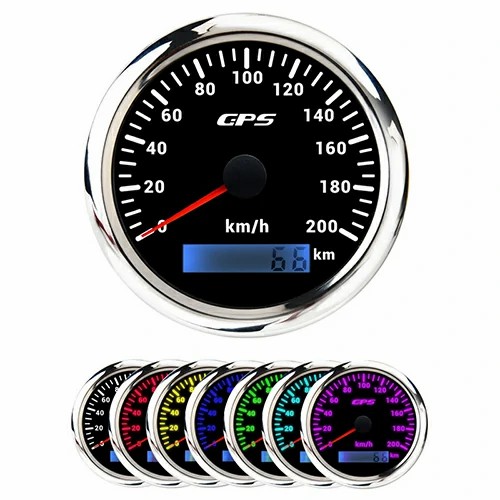
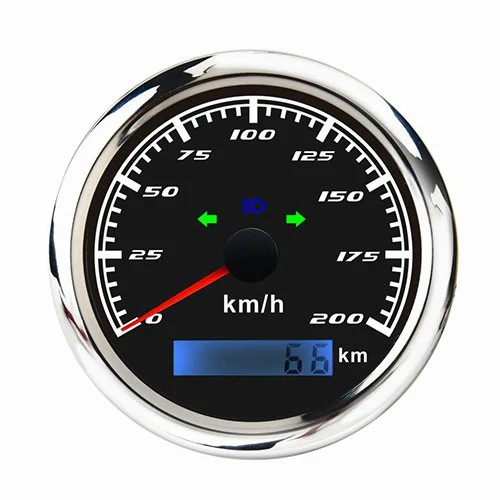
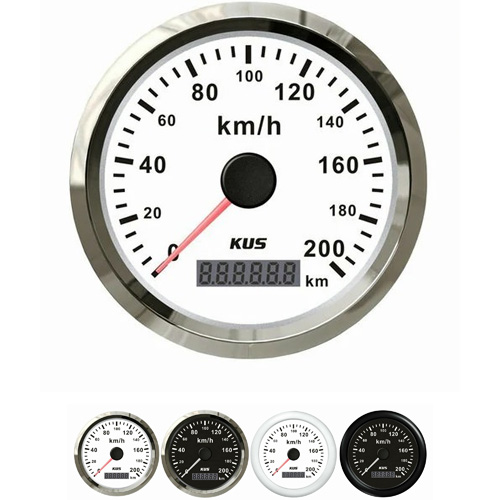
Get a Quote / Info